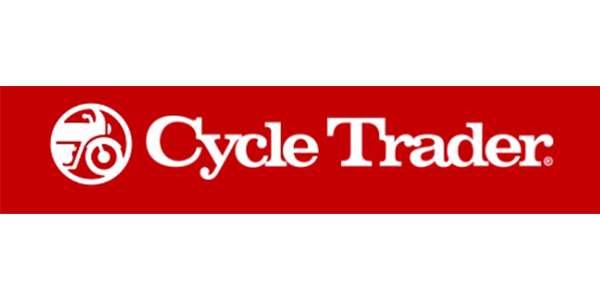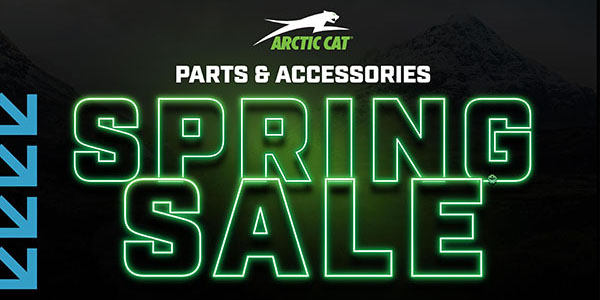In the motorcycle business we’ve gotten much better at “working” leads. For years, a manager had to just about stand on someone’s desk to get them to place outbound calls or emails. I can remember being in a dealership for several hours, “telling jokes and drinking cokes” with the sales staff. When I finally suggested we call someone, a salesperson responded, “call someone about what?”
Almost a decade ago, I suggested to groups of dealers that we practice objective-based sales approaches. By reverse engineering your sales you could figure out what you needed to do to keep your sales pipeline full.
It goes like this: To sell one bike, you must perform seven test rides, to get seven test rides you must approach 15 people. What do you have to do to sell two bikes? Approach 30 people!
You could have heard crickets chirping in the room as dealers stared blankly at me. It wasn’t that they didn’t get it. It’s not like building a race engine. It was simply that they didn’t need to work that hard — yet.
Now, we get it. We understand that we have to reach out to customers. Whether an incoming phone call, Web referral or random email inquiry, we now know that “working” these leads is a big part of being a professional motorcycle salesperson and a huge part of what we need to do to survive. Ok, that’s step one.
Step two is getting great at converting more of these leads into outstanding customer relationships. See, it’s not about checking a box or telling the boss you’ve done your prospecting calls or emails. It’s about results.
Three Seconds Isn’t Enough
Some sales managers tell me when they ask their people if they’ve done their prospecting the answer is always, “Absolutely.” Then when they check the CRM system, they find out the length of the call was three seconds — not much relationship building there.
The objective is to develop customer relationships, not just to be able to enter your ten calls into your CRM system or send your seven emails. Too many of us drift into focusing on the input, when we should be focusing on the output. The input is the call or the email. The output is establishing a relationship.
Potential to Essential
It’s no secret most customers do Internet research prior to making a purchase. While initial searches may answer product and pricing questions, after that customers are thinking about where to do business.
You can increase your customer conversion rate by putting interesting and attractive pictures of your sales staff on your dealership website. Customers want to do business with a person, and if they know what you look like prior to coming to the store, you may just be able to increase your chances of success.
When they have a great picture of you, you become a person, not just a name or a position, and that helps to forge great relationships.
Be Responsive
You have to respond in a reasonable amount of time. 24 hours is best. 48 hours is good. Anything else really isn’t acceptable. The most common consumer forum comment I get from customers regarding emailing or calling dealers is that no one ever gets back to them.
I am fanatical about keeping my email inbox clear. I return all messages within 24 hours if not much sooner. How can I do this? I take action on every message immediately. I delete it, say “yes,” say “no,” assign it to someone else or file it in a project file or an archive.
When someone tells me they didn’t have time to return a message, it tells me they aren’t a disciplined or decisive person, or are disorganized or rude.
We regularly shop dealerships with phone and email inquiries. We’re still waiting to hear from some since as long as 18 months ago. Unfortunately in today’s hyper-competitive marketplace race, that’s not going to put you on too many podiums.
Don’t Sell The Motorcycle
You heard me. When I ask some salespeople what they’re trying to accomplish in responding to an inquiry, invariably they respond, “I want to sell a motorcycle!” No you don’t.
You want to make a good impression. You want to answer a question, thereby improving the customer’s condition. You want another call or email. You want to exchange information. At the most, you want to arrange for an appointment to meet with the customer.
I often ask workshop participants if they’re married, to which many reply in the affirmative. I then ask if they or their spouse proposed marriage over the phone. “Of course not,” they respond.
It’s the same thing. Except in extremely rare circumstances, you aren’t going to sell a unit over the phone or via email. So settle in, master the art of the conversation and build trust the way you build wealth. Slowly.
This is why quoting out-the-door pricing or quoting trade values in the first exchange is not a great practice. You’re proposing marriage before you’ve gone on your first date. And unless you’re speaking with one of those people who court prison inmates, your success won’t be what it should.
Present An Appealing Email Image
Your email should be nicely formatted. Pay attention to salutations, sentence structure and basic grammar. Plus, you should have an appropriate, business-like email address. Hopefully you’re using your dealership’s address (it’s business communication after all).
Good examples include: [email protected] or [email protected].
Ditch the [email protected]; people want to interact with humans and not feel as if they’re being sent to an auto-responder.
Leverage Interesting Subject Lines
When you send an email message, the first thing the recipient sees in their inbox is typically who the message is from and the subject line. If you want to considerably improve the speed to which your message is opened, give it an interesting subject line: “Sneak Peak,” “Look Here” or “Harley-Davidson Softail Information.” Avoid the words “free” or “offer”— these will more than likely put you in your prospect’s junk folder.
Use Language Well
Whether using email, the phone or even a text message, you need to use language well. You don’t need to be unnecessarily polysyllabic, but you do want to demonstrate the fact that you’re intelligent. Instead of saying “upside down” forks try “inverted” front forks. Rather than describing the “shiny” chrome, try “gleaming” chrome. Replace “cool lines” with “elegant design.” When you point out a feature of a product substitute “a good feature is …” with “a compelling reason to consider this is …”
It’s about building a big engine, and language is the key to displacement. Learn how to be descriptive and you will absolutely set yourself apart from the swarm of other salespeople. Whether in email messages, on the phone or face-to-face, here are a few other things you should know how to use:
Metaphor: A figure of speech in which a word or phrase that ordinarily designates one thing is used to designate another, thus making an implicit comparison: rug rat, couch potato, road hog.
Examples:
• The engine is the heart and soul of this motorcycle.
• This used bike is a diamond in the rough.
• There has been an explosion of interest in motorcycling in our community.
Simile: This is the comparison of two unlike things using the word “like” or “as.”
Examples:
• The powder-coated clear-coat on this paint job is hard like a diamond.
• The final belt drive is as strong as steel.
• Buying a motorcycle from us is as easy as pie.
Analogy: Similarity in some respects between things that are otherwise dissimilar.
Examples:
• Hitting second gear at 6,000 rpm on a V-Rod is like launching an F11 Fighter jet off an aircraft carrier.
• Easing this CBR 600RR through a sweeping “S” curve is as smooth as Tiger Woods’ golf swing.
• The profile of the new 1200 Harley-Davidson Nightster is so gorgeous, it’s like the Mona Lisa of motorcycles.
Want more tips on how you can effectively prospect and open the lines of communication with prospective customers? Stay tuned for part 2 in next month’s issue!













